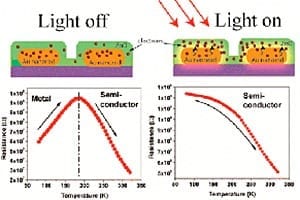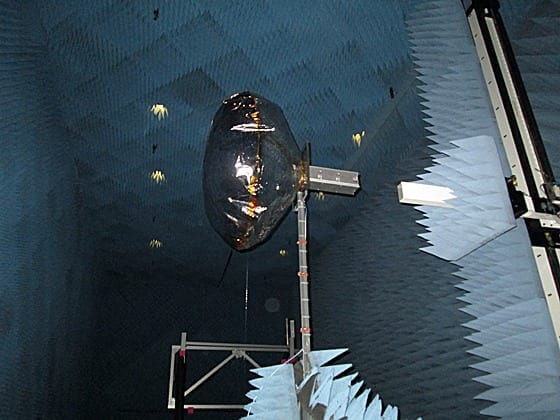
New, High-Tech Microplasma Source Excites Matter in a Controlled and Efficient Way, and May Revolutionize How Archaeologists Date Objects in the Field
A team of researchers from Uppsala University in Sweden has designed a microplasma source capable of exciting matter in a controlled, efficient way. This miniature device may find use in a wide range of applications in harsh environments, but can also help revolutionize archaeology.
As the researchers describe in the Journal of Applied Physics, produced by AIP Publishing, their new device offers many advantages, such as electromagnetic compatibility, an integrated fluidic system, and Langmuir probes for plasma diagnostics.
At the university’s Ångström Space Technology Centre (ÅSTC), the researchers work with many kinds of micro and nanotechnologies for use in space and other harsh environments: scientific instruments, imaging, communication hardware, vehicles and spacecraft, propulsion devices, and thermal management. Size limitation is always a huge challenge.
“Putting miniaturized hardware into orbit or thousands of meters underground is always technically easier and less expensive, but using fundamentally different technology for demanding applications is often met with skepticism,” explains Greger Thornell, director of ÅSTC. “So we need to also compete in terms of performance and reliability.”
The researchers are accustomed to working with microrocketry and localized phenomena in tiny devices such as sensors and actuators. These types of phenomena sometimes involve very high temperatures, intense plasma, and high pressures.
“In this case, the localization, or rather concentration, means that the device itself becomes handy and power-efficient, and also that it consumes small sample amounts, which widens the range of applications far beyond the requirement of simply lightweight or portable instruments,” said Thornell.
Archaeology is one of the main applications being investigated right now to help determine the distribution of carbon isotopes in organic samples. “This information is critical for archaeologists, but measuring these isotope distributions can be extremely painstaking and time consuming,” said Anders Persson, senior researcher.
Their plasma source may be used to develop an instrument for field archaeologists, which would allow them to perform measurements while out in the field; this in turn may revolutionize archaeology by diversifying the amount of information available during the decision-making process of an excavation. “Archaeology is just one of the many exciting applications we see for our plasma source,” he added.
The Latest Bing News on:
Microplasma source
- Feed has no items.
The Latest Google Headlines on:
Microplasma source
[google_news title=”” keyword=”microplasma source” num_posts=”10″ blurb_length=”0″ show_thumb=”left”]
The Latest Bing News on:
Revolutionize archaeology
- Revealing the Mysteries of an Ancient Nomadic Culture in Europe Through DNA Analysison April 26, 2024 at 5:48 pm
Understanding historical societies has often relied on physical remnants such as artifacts and texts. However, advancements in ancient DNA research are beginning to transform our comprehension of ...
- A Guide of American Museums to Visit This Yearon April 23, 2024 at 2:00 am
Siblings, parents and grandparents are collaborators and muses in a variety of upcoming shows around the country that highlight family traditions and bonds.
The Latest Google Headlines on:
Revolutionize archaeology
[google_news title=”” keyword=”revolutionize archaeology” num_posts=”10″ blurb_length=”0″ show_thumb=”left”]









